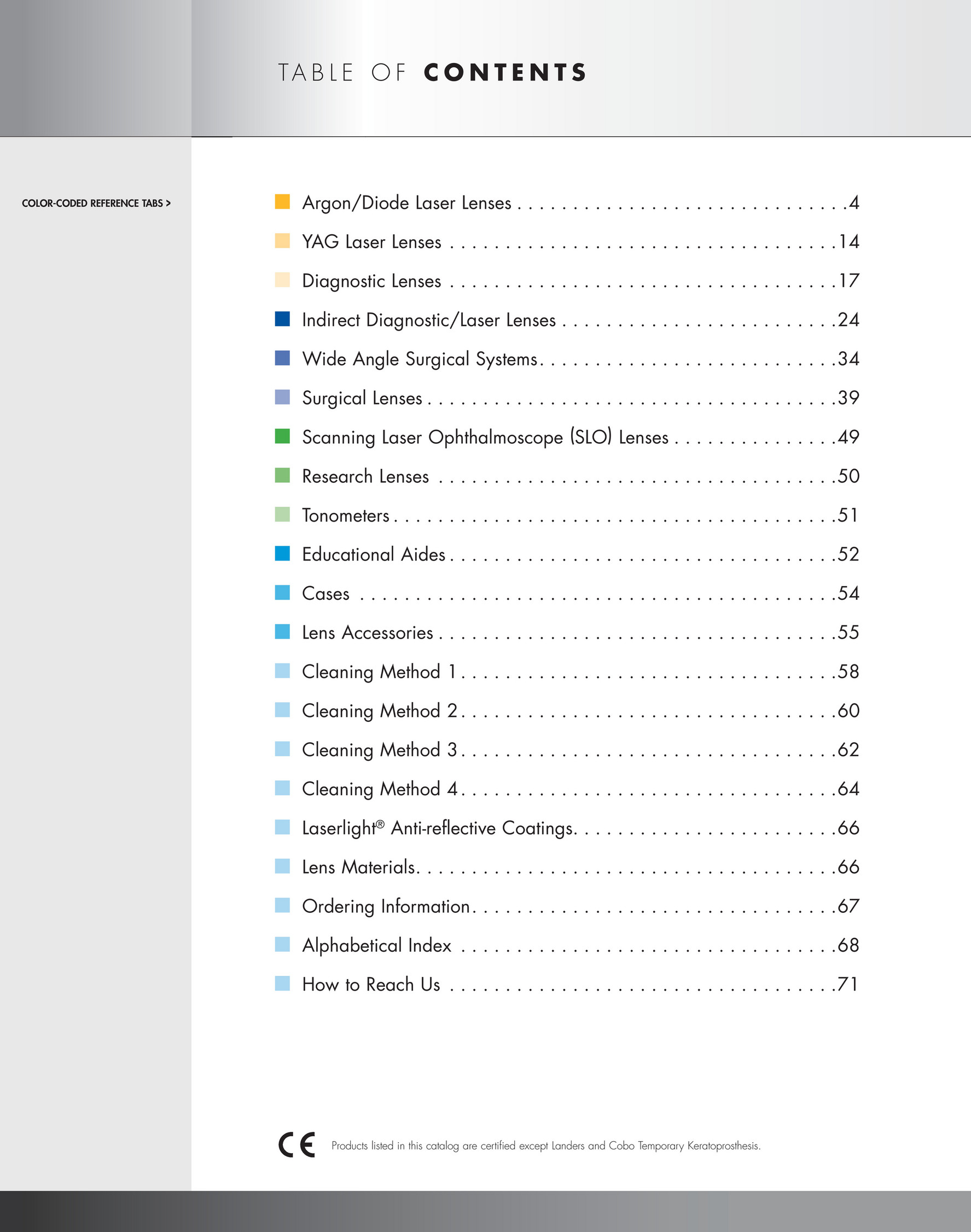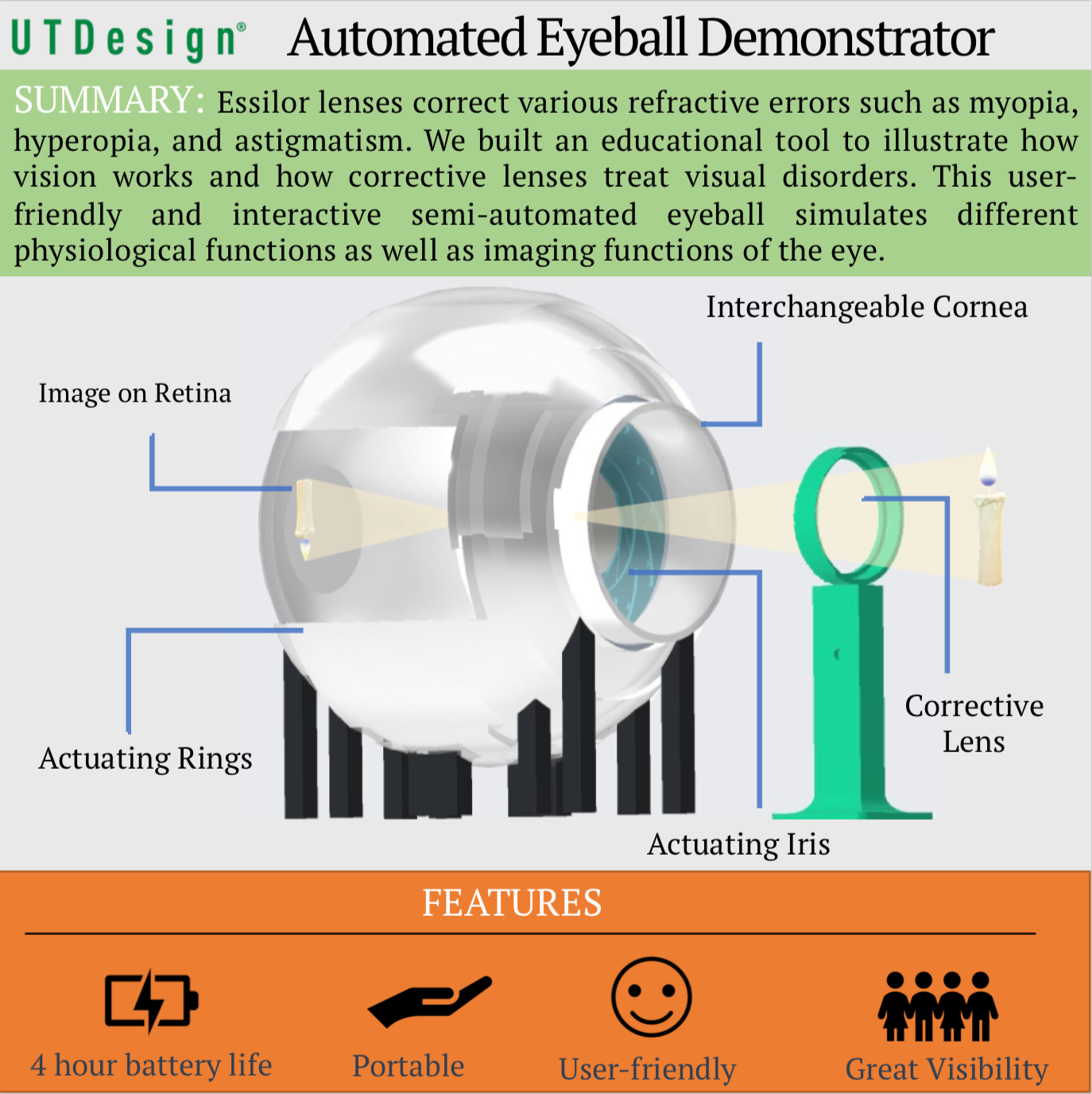4 Educational Lenses
- The Brookfield Model of Reflection is a framework of four lenses who want to improve their learning skills by practicing critical self-reflection.
- The cycle is composed of five parts that have been repeatedly recognized in educational research as important, yet often implicit, components of learning (Schwartz et al., 1999). IRIS STAR Legacy Modules incorporate these five components, balancing the four HPL lenses.
- Using the four general education lenses (Social Sciences, Natural Sciences, History, and Humanities), explain how issues in wellness impact modern society.
And while there are a lot of different types of lenses appropriate for many different situations and needs, time and time again I find myself primarily relying on three lenses in my bag: a fast general purpose zoom (18-50mm), a macro lens and a telephoto zoom (70-200mm). These three lenses will give you enough versatility to shoot in almost any conditions. Also, these three lenses are available for just about every camera system and lens mount on the market.
1. The General Purpose Zoom
The 4 Lenses of Reflective Practice in Teaching The goal of the critically reflective teacher is to gain increasing awareness about one’s own teaching and effectiveness from as many different viewpoints as possible. The Four Lenses is a proven personality temperament model that acts as a universal companion to any training or initiative. This foundational training helps individuals and organizations establish a common language and value system for diverse perspectives and unique talent in the workplace, in the classroom, or simply in life.
This is the lens that sits on my camera the most. For APS-C cameras, something in the 18-50mm range is best… for 35mm format cameras, a 24-70mm will work. This will give you the ability to go fairly wide while also being able to zoom into objects off in the distance. This lens might be your kit lens, but it should preferably be fairly fast (a fixed f/2.8 if possible) to give you greater control over depth of field. It makes a great “walkabout” lens when you aren’t sure what you will be shooting.


2. The Macro Lens
The length of this lens isn’t as important as its ability to create a 1:1 magnification of subjects. I currently keep a 50mm f/2.8 macro in my bag because it is small and light… easy to carry around for when I might need it. It makes a decent portrait lens (very sharp and the f/2.8 provides a fairly shallow area of focus) and the level of detail you can get when shooting objects up close is fantastic. Having a macro lens opens up a whole new world of tiny objects to photograph. Also, if you do any type of product photography (jewelry, food, etc.) this lens will allow you to capture a much greater level of detail than is possible with non-macro lenses.
3. The Telephoto Zoom
The telephoto zoom should be in the general range of 70-200mm with a maximum aperture of at least f/4 (faster is nice though). This will give you a lot of distance to work with and a very shallow depth of field to bring focus to your subjects. For faster moving objects, the bigger aperture will allow you to shoot at faster shutter speeds which will help capture moving objects (birds, sports) too. This is also an excellent portrait lens as the focal length minimizes distortion and narrows the angle of view to fill the frame with your subject.
Wait… what about?
I am sure many of you reading this have other lenses you would consider essential. A fast 50, or a wide angle or a longer zoom… and all of those are great lenses to own also. However, for someone who is new to photography or who has just bought their first DSLR, these three lenses will give them the versatility to shoot in almost any situation. Family gatherings, sports events, birds, insects, flowers, landscapes, portraits, etc. Once you narrow in on a particular type of photography that most interests you, other lenses may be more useful for that specific subject, but until then these are the lenses all photographers should be carrying with them.
What lenses would you include in your ‘every photography should own’ basket?
Chris Folsom is a hobbyist photographer who spends much of his time photographing abandoned buildings. You can view his site at www.studiotempura.com or see more of his photos at Flickr.
His photos have been published in newspapers and on numerous websites.
Story by Lt. Col. Tinagay Riddle, Kentucky National Guard Diversity Initiatives Advisor

Four Lenses training is designed to improve teambuilding skills and better prepare troops for deployment. (Photo by: Sgt. David Bolton, Public Affairs Specialist, 133rd Mobile Public Affairs Detachment, Kentucky Army National Guard)
FRANKFORT, Ky. – Many wonder, what is this “diversity” that we keep hearing about? Is that just a new fangled word for equal opportunity or affirmative action – will it only benefit minorities or women?
4 Education Lenses
In the primary sense, all diversity means is differences. In a human resource context, diversity refers to human qualities that are different from our own and those of groups to which we belong; but that are manifested in other individuals and groups. Dimensions of diversity include but are not limited to: age, ethnicity, gender, physical abilities / qualities, race, sexual orientation, educational background, geographic location, income, marital status, military experience, parental status, religious beliefs, work experience, and job classification.
So, diversity focuses on a broader set of qualities than race and gender. In the context of the workplace, valuing diversity means creating a workplace that respects and includes differences, recognizing the unique contributions that individuals with many types of differences can make, and creating a work environment that maximizes the potential of all employees.
4 Lenses Assessment
How do we go about that? Well, we start by heightening our own awareness of individual preferences, styles and behaviors. This allows us to gain a deeper insight into how our own personal preferences thus, style impacts our relation to others, to a team, and to the organization. It also allows us to perceive potential conflict. We then may see differences with this amusement – how, with so many differences that exist within individuals, could we possibly think that we would react, behave, interact and relate in the same ways?

Diversity in the National Guard goes beyond race and gender — it includes military, civilian, family and veterans. (Kentucky National Guard photo by Sgt. Scott Raymond)
The Four Lenses Discovery Workshop is an approach to temperament theory that instantly creates a sense of understanding and involvement. Classifying humanity into specific personality types is an idea that has been around for centuries. It has been found in the writings of the ancient Egyptians, Europeans, American Indians, and Greeks. In the early 1900s, the study of personality became more scientific. Carl G. Jung, a Swiss psychologist developed a way of interpreting preferences into personality type with some functions dominant within the individual than others. This idea was further perfected for interpretation and application by Katharine Briggs and her daughter, Isabel Briggs Myers in 1942. In 1962, this psychometric, the Myers/Briggs Personality Type Indicator, was finally published and has been used and elaborated on extensively. Simplified and condensed in 1978, by another psychologist, Dr. David Keirsey; he reduced it down to four basic personalities and called them temperaments. Four Lenses is based on the temperaments with each temperament symbolized by a color for ready identification and applicability.
4 Lenses Assessment Free
Last year nine Army and six Air Guard members were qualified to administer this fun, thought provoking, and team building class. The Four Lenses process does not limit us to any one preference – variety is endless. It is not to pigeon hole, but to help us realize that we all have traits of each other; though we all have differing comfort levels with various aspects of personality. It is most important to realize that real strengths lie in the areas with which we are most comfortable and real learning occurs when we become more self aware.
Four Lenses could begin lifelong learning about aspects of oneself that, many times, is not individually challenged, but which could lead to more strength and professionalism of self; more respect and appreciation for others; and everyone can use improvement in the area of relationship. Team, organization and mission can only be improved by the benefits of this influential course.
For information on scheduling a class for your unit contact Lt. Col. TinaGay Riddle at tinagay.riddle.mil@mail.mil or call her at 502-607-1798.